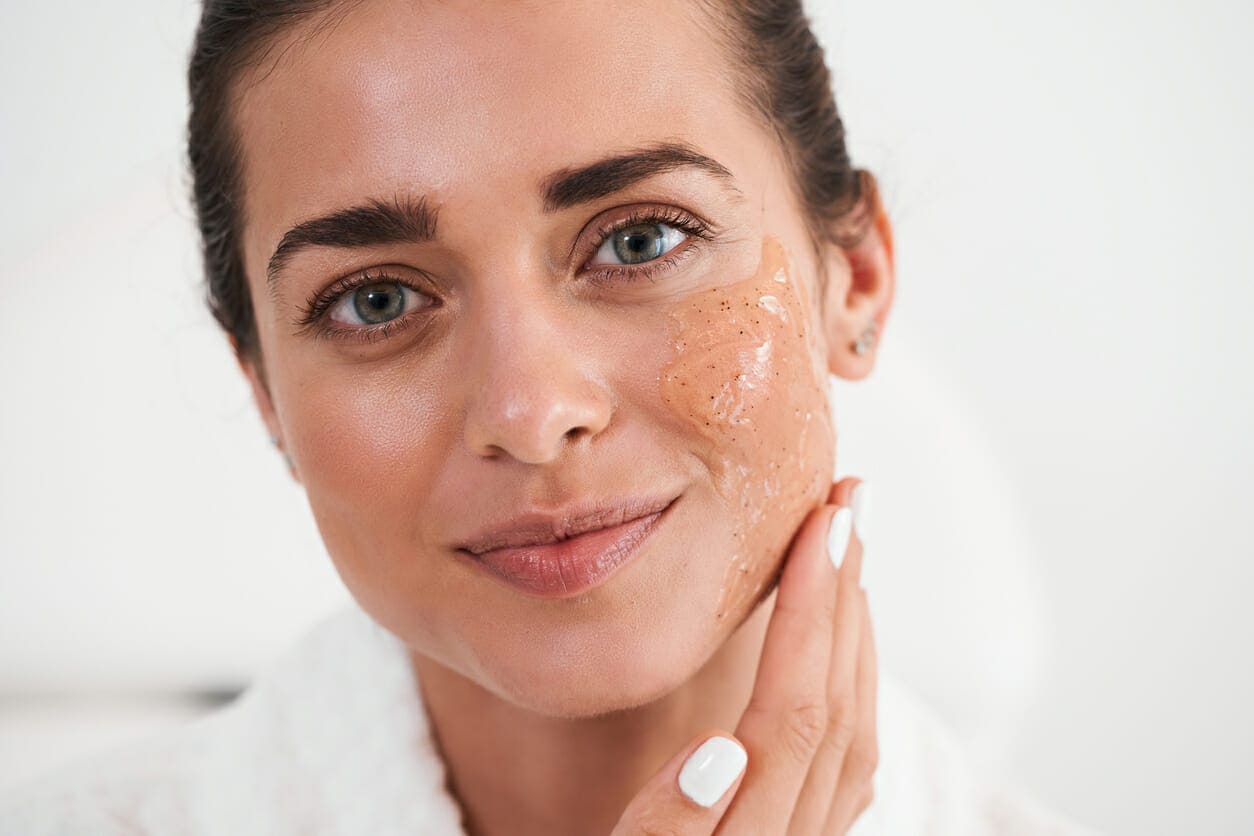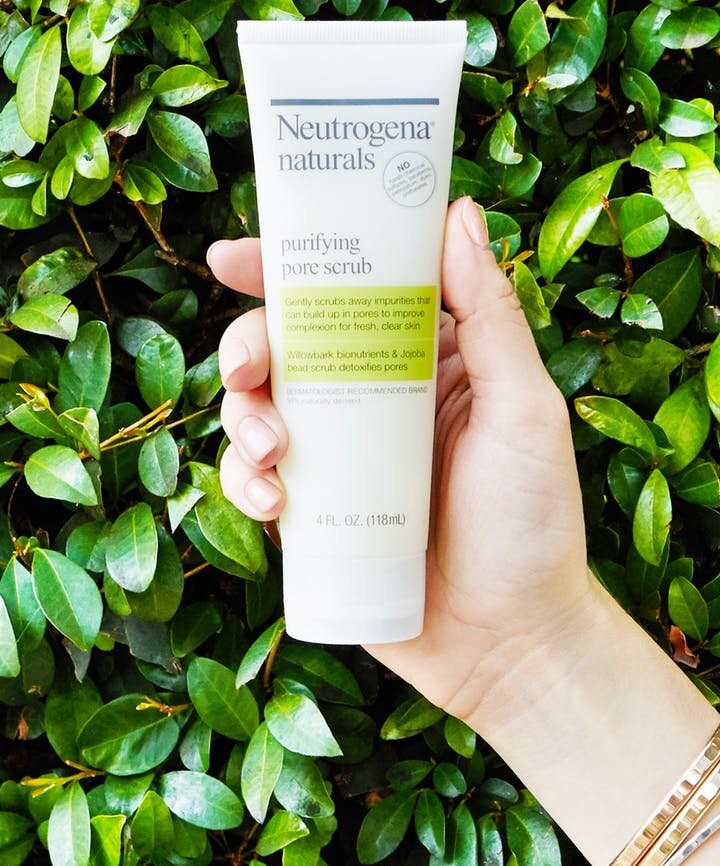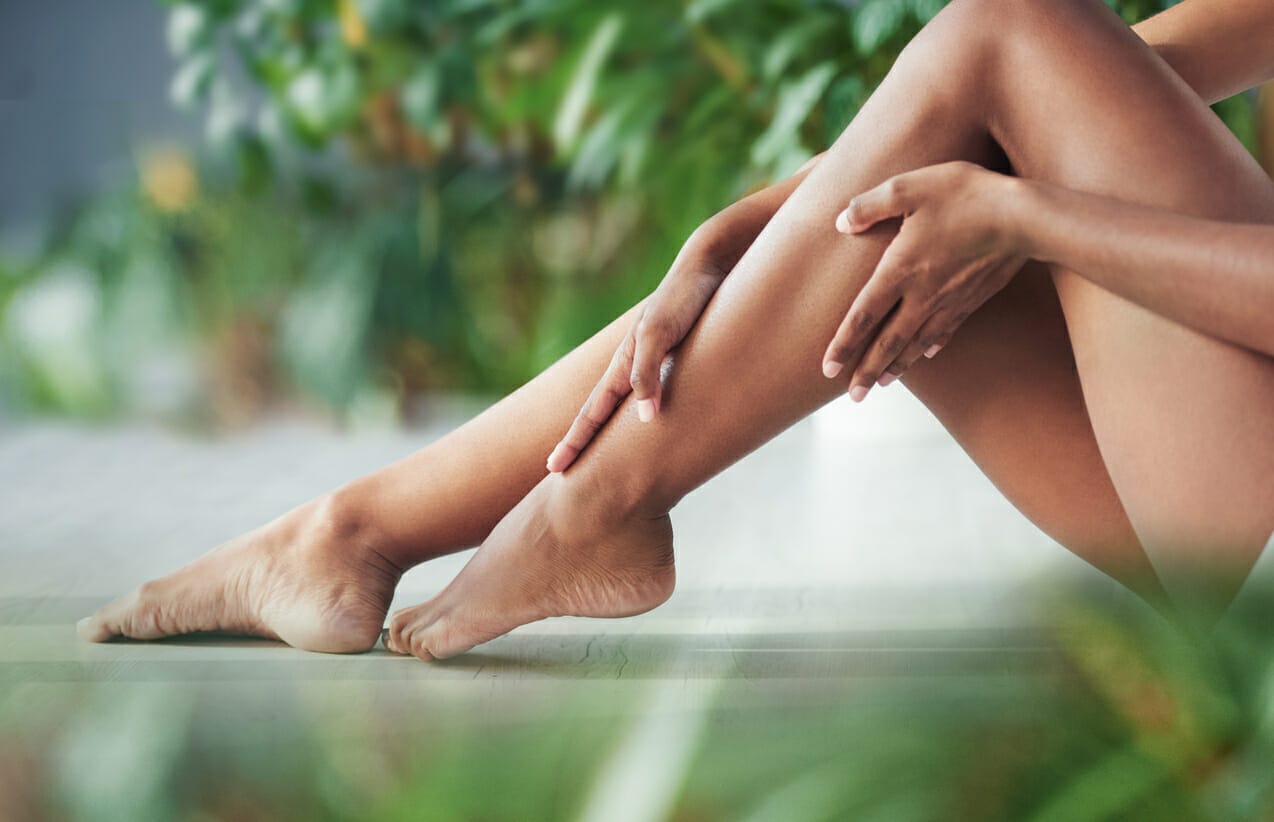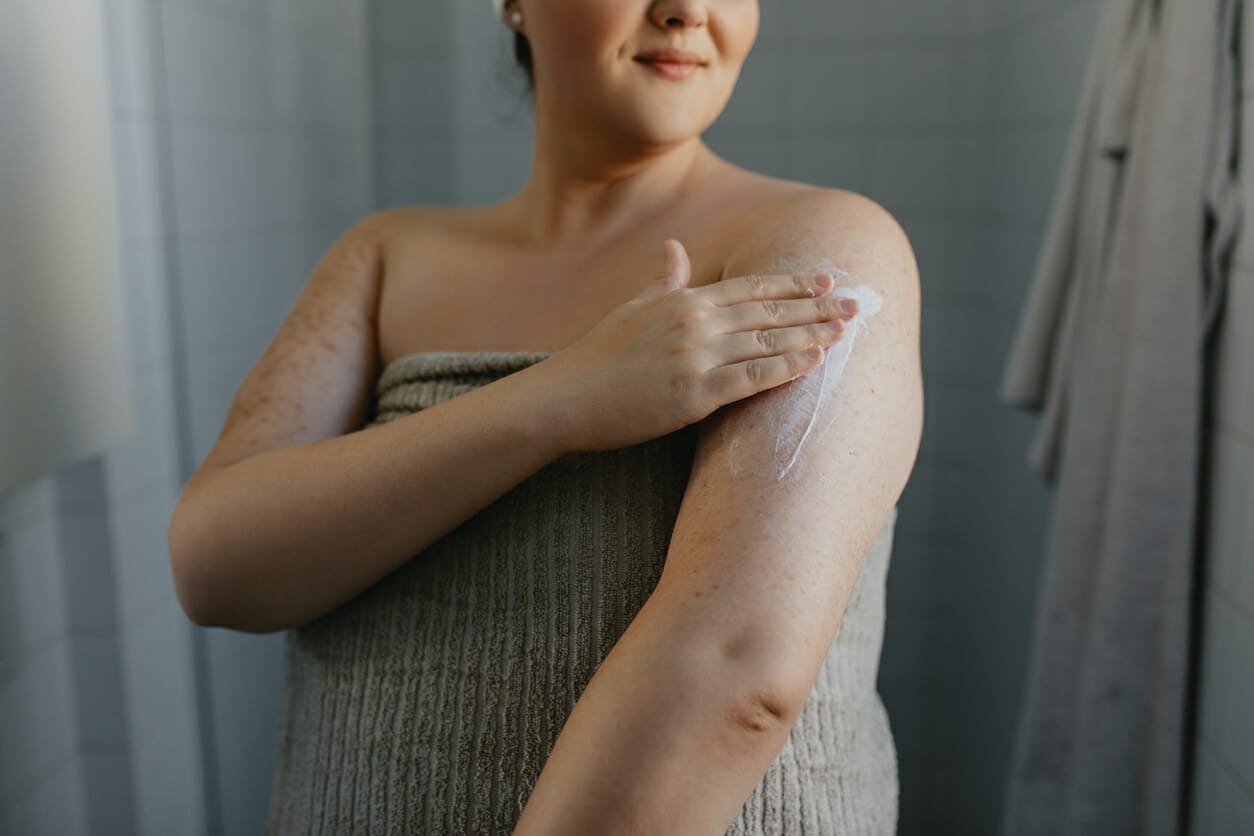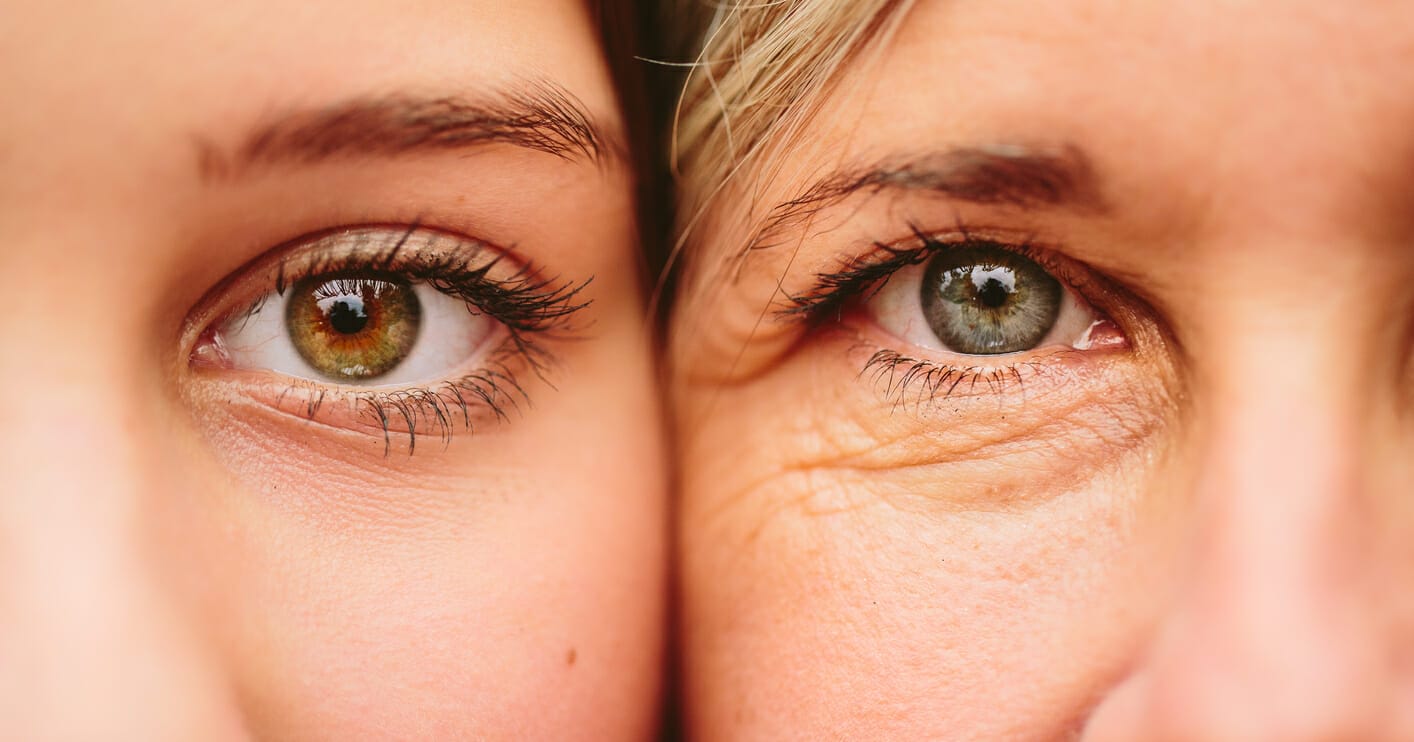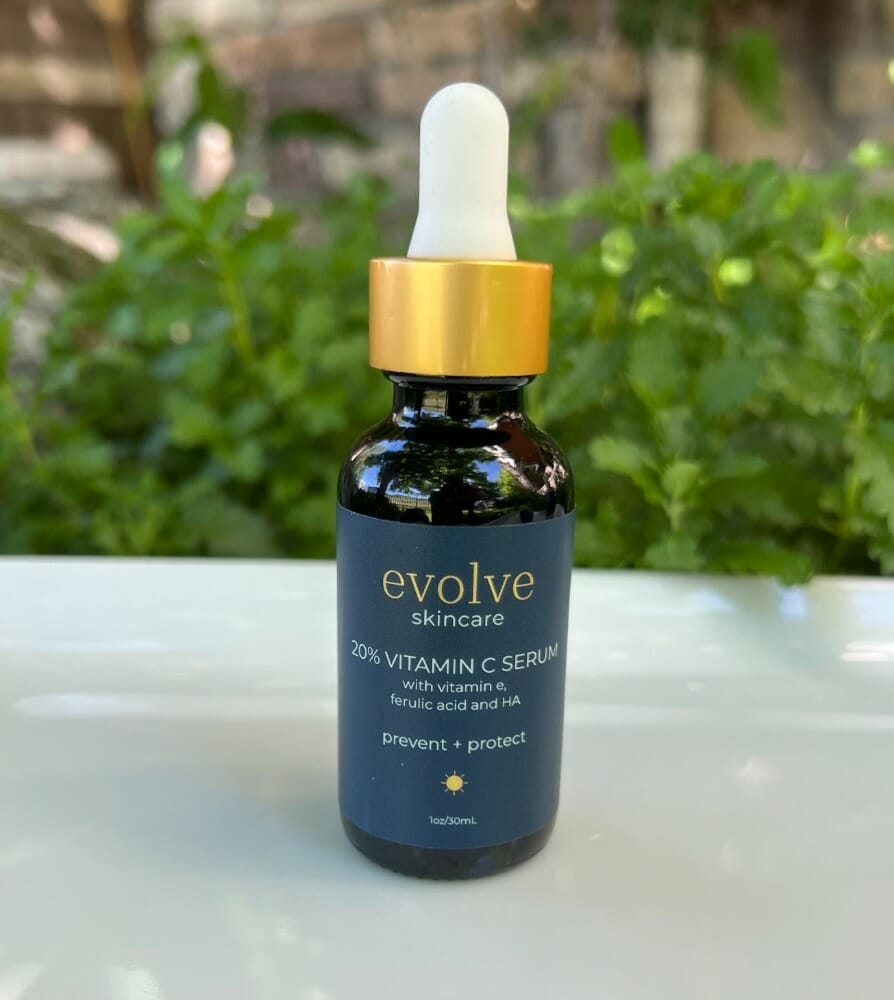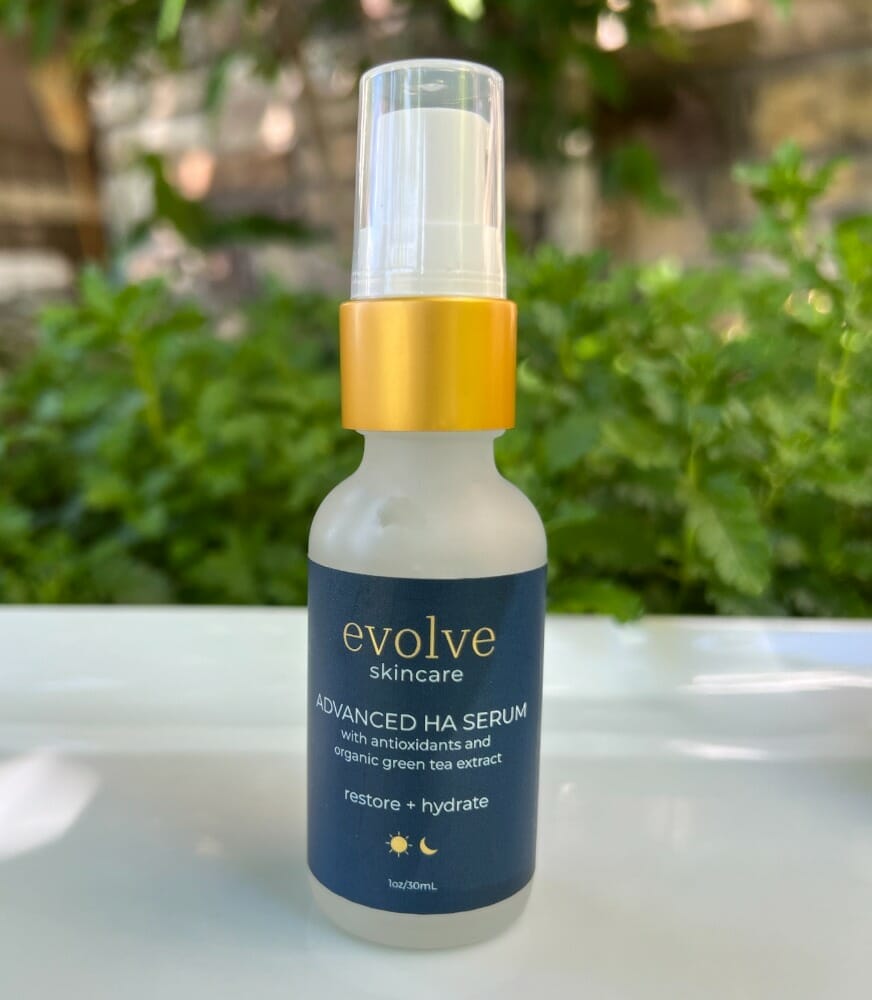
Pros and Cons of Sunless Tanning Products
Pros and Cons of Sunless Tanning Products
Hopefully you have a sunny trip on the horizon. Since you will be baring more skin than usual on your adventure, there is nothing better than sporting a faux glow!
How can we enjoy some bronzed skin without a downside?
ARE TANNING BEDS EVER SAFE?
Never. The UV radiation from tanning beds (and of course the sun too) leads to skin damage, aging and skin cancer. Tanning beds are NEVER safe or good for your skin. Getting that “base tan” is only adding to your cumulative sun damage. In fact, indoor tanning beds increase your chances of developing melanoma by 20 percent. Stay away from them all together.
HOW DO SELF TANNING PRODUCTS WORK?
Self tanners are actually not a stain or dye. The products have an active ingredient and darkening agent called dihydroxy acetone (DHA). It is considered safe by the FDA and is derived from beet or cane sugar which reacts with the amino acids in the top layer of skin. It is kind of like the browning of an avocado or a piece of fruit. The darkening effect takes place in about four hours, and wears off when your outer layer of skin has naturally shed.
Another active ingredient in self-tanners is erythrulose. It works similarly to DHA and is derived from raspberries and can be found in some more “natural” products and even Jergen’s tanning products (in combination with DHA).
ARE SUNLESS TANNING PRODUCTS HARMFUL?
Some products contain parabens. This is something that you should avoid in any topical product that goes on your skin. Parabens act as a preservative when added to products to create a longer shelf life. But they have been linked to breast cancer and avoiding any ingredients that end in “-paraben” (like methylparaben, propylparaben, ethylparaben and butylparaben) is best.
I have known to avoid parabens for a while, but what I did not expect to find out is that there are also other potentially harmful chemicals to be aware of in tanning products. In the past, I have always been a fan of getting a spray tan before a warm vacation – or using a self-tanner occasionally to help get a little color without the sun. However, what I did not realize is that there are some potentially harmful effects that these can have.
WHAT ARE THE HARMFUL EFFECTS OF DHA AND ERYTHRULOSE?
DHA and erythrulose were found in studies to have some unwanted side effects. DHA is FDA approved for topical use – but the FDA advises avoiding inhaling it (like with spray tans) and using it near mucus membranes (like eyes, nose and mouth). Here you can read more from the FDA. Humm…let’s find out why the advisory.
Here’s the breakdown from what was found in studies:
DHA CAN TRIGGER FREE RADICALS.
Triggering free radicals is known as oxidative stress. This study reported that DHA created free radicals which attack your cells and degrade collagen and elastin. This means that DHA can actually CAUSE premature aging and sagging skin!
DHA CAN ACCELERATE SUN DAMAGE.
I discovered that the DHA can accelerate sun damage if you go out into the sun. This study found that DHA-treated skin generates more than 180% additional radicals during sun exposure.
Geez. So to sum it up, DHA (the active ingredient in self tanners) can trigger free radicals and accelerate sun damage.
Erythrulose (the other active ingredient in self tanners) has also been shown to increase production of free radicals similar to the effect seen with DHA, as reported in this study.
HOWEVER, SELF TANNERS ARE STILL SAFER THAN EXCESS SUN EXPOSURE.
So, it seems that no self-tanning product is 100% safe and clean. However, occasional use and avoiding inhaling a spray, is probably less of a worry. There is no question that excessive sun exposure does lead to skin cancer. If using a self tanning product keeps you from using a tanning bed or getting extra sun exposure in the hopes of getting tanned skin, then it may be a good choice for you.
IS THERE ANY WAY TO SAFELY GET THAT FAUX GLOW?!
Where there is a will, I’ll sure try to find a way! Here are some safer alternatives you may want to consider.
I searched high and low and found this product that contains no parabens, no DHA and no erythrulose:
St. Tropez: Instant Glow Body Bronzer: Amazon $25
100% DHA-free. Give your skin an instant glow up that lasts all day with streak-free results that are transfer and water resistant. This is best for those looking for a quick fix or instant results with no commitment or for nervous tanners seeking a risk-free temporary glow up. I loved the way it went on smoothly and actually looked natural.
COOLA Organic Sunless Tan Anti-Aging Serum (with Beet-Derived DHA): $54 in our office or on the COOLA website
COOLA crafted a product that is organic, paraben-free, sulfate-free, and contains ingredients like argon oil and antioxidants that can fight free radicals and potentially counteract any negative impact that DHA could cause. This has not been specifically studied, but in theory this could be a positive impact on your skin.



